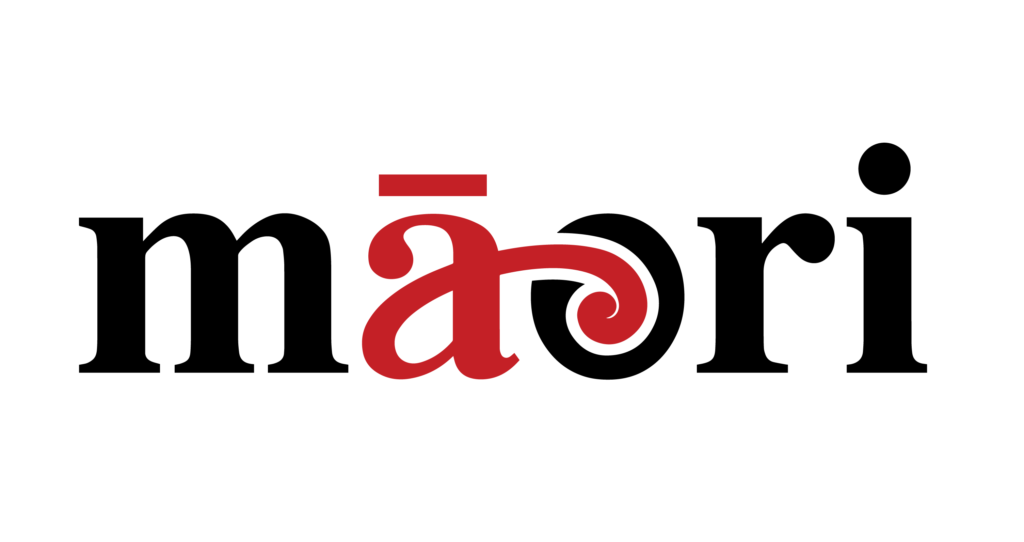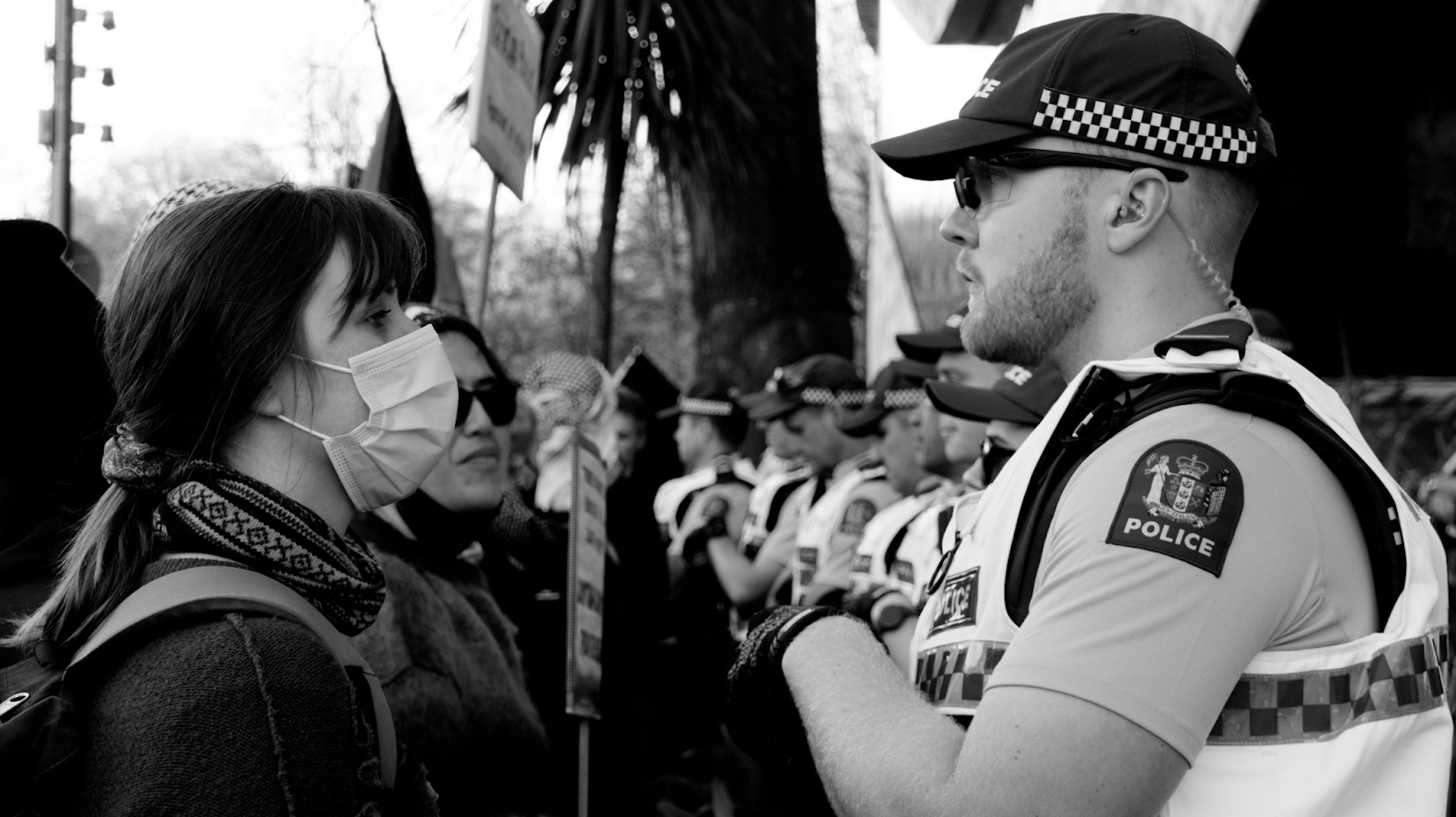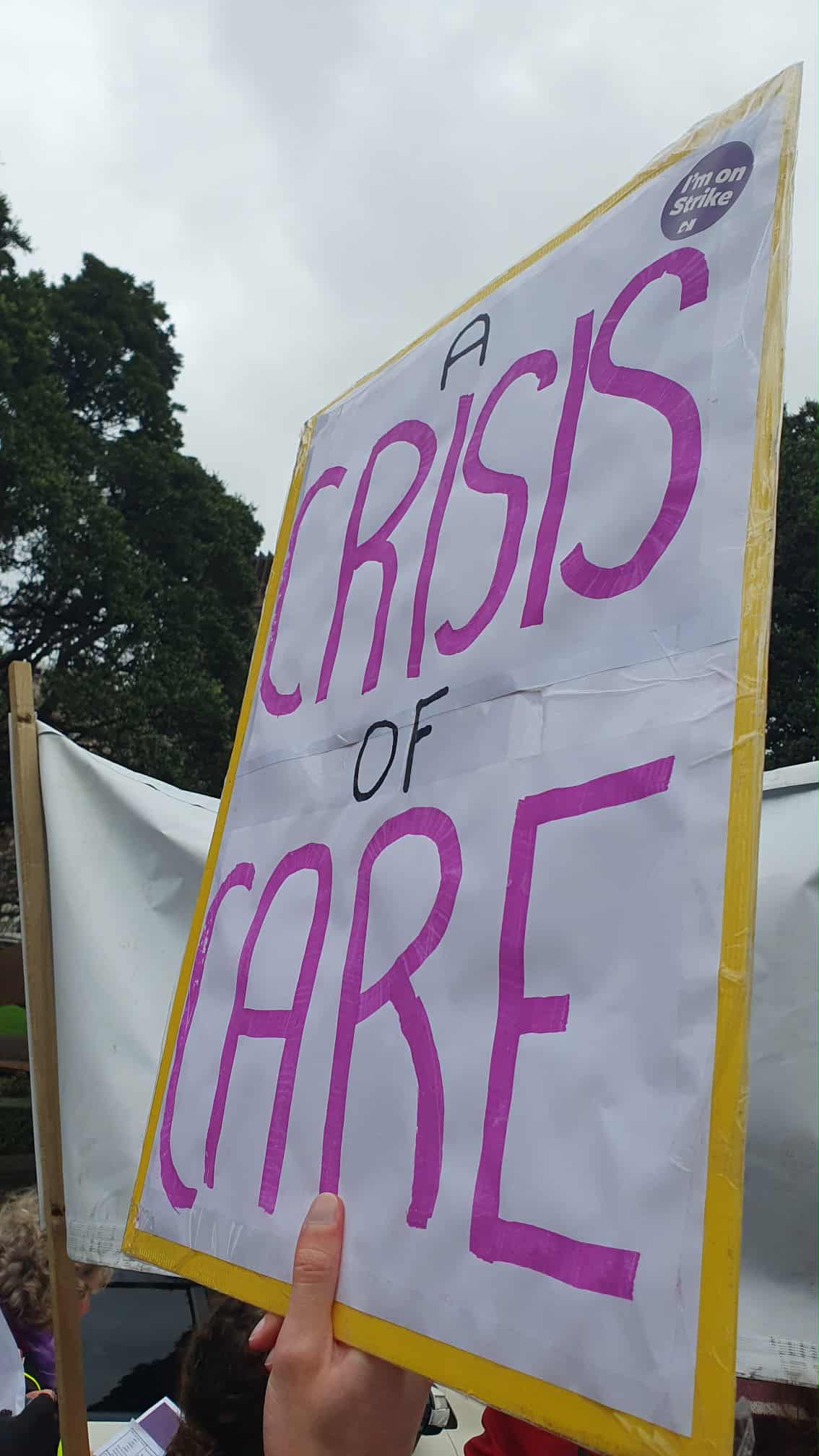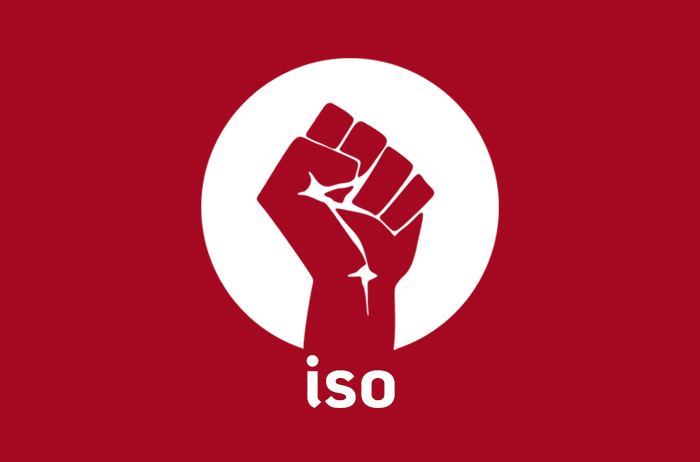On the morning of Saturday, 10 July 2004, I caught the train from Wellington out to Kāpiti, walked from the station to Highway 1 and stuck out my thumb. A couple of months earlier, I had marched the final leg of the 40,000-strong hīkoi opposing the Labour Government’s confiscation of the foreshore and seabed, and cheered Tariana Turia’s principled resignation as a Labour MP over this issue. Now I was hitch-hiking to Whanganui for Turia’s historic 2004 by-election win and the founding conference of her new Māori Party.
A tutuki socialist assessment of the Māori Party – formally renamed Te Pāti Māori by the Electoral Commission this year – would require tangata whenua perspectives, knowledge of Te Reo Māori and understanding of mātauranga Māori.
But Te Pāti Māori has translated its kaupapa into Te Reo Pākehā. It operates within a capitalist social and economic system imposed upon both tangata whenua and tauiwi through the violent European colonisation of Aotearoa. And it has chosen to engage with, as well as to resist, Pākehā state institutions. So as a Pākehā socialist who has been connected with Te Pātī Māori and who served on the National Executive of its offshoot, the MANA Movement, I am able to offer some initial reflections on aspects of their politics.
Te Pāti Māori has undergone several major changes over the course of the last 19 years. In 2005, it won four of the seven Māori seats and stayed in opposition. After winning five seats in 2008, however, the party signed a confidence and supply agreement with the National Party and became part of the National-led government alongside ACT and United Future, with ministerial positions outside Cabinet.
Over the next nine years, its electoral results slumped. A gulf opened up between the party leadership and its working class support base, and tensions grew between its MPs. In 2011, its Te Tai Tokerau MP Hone Harawira published a newspaper column saying, “The downside of being in government with National is having to put up with all the anti-worker, anti-beneficiary and anti-environment (and therefore anti-Māori) legislation that comes as a natural consequence of having a right-wing government.”
Te Pāti Māori had moved to the right. “Whether our views have been unduly influenced by our coalition obligations or not,” said Hone Harawira, “the fact is that our public positions on some issues have changed a lot since we were in opposition.”
For this column, the party leaders chose to expel him. Hone Harawira launched the pro-worker MANA Movement, which the International Socialist Organisation decided to join. Te Pāti Māori moved further right still as it aligned more strongly with Māori corporate leaders and the interests they share with the capitalist class as a whole.
After being voted out of Parliament in 2017, the Co-leaders of Te Pāti Māori resigned, along with the party President. The party conducted a review which recommended a shift back to a flaxroots strategy. New Co-leaders Rawiri Waititi and Debbie Ngarewa-Packer steered the party back to the left, enabling a reunification with Hone Harawira and the MANA Movement. Waititi last year ruled out supporting a future National-ACT coalition, saying, “It’s a no. Absolutely. It’s a hard no.”
Te Pāti Māori today describes itself as, “a political party, born of the dreams and aspirations of tangata whenua to achieve mana motuhake (self-determination) for whānau, hapū and iwi within their own land; to speak with a strong, independent and united voice; and to live according to kaupapa handed down by our ancestors.”
The party has also adopted policies which reflect the interests of working class people. Its tax policy, for example, says, “We must shift the tax burden from the poor to the wealthy.” This is a departure from the approach of previous Co-leader Pita Sharples, who had said, “Our philosophies cater to the rich, the poor, to everyone.”
In 2010, the party under Sharples voted with National to increase GST from 12.5% to 15%. This year, by contrast, they’ve made removing GST from kai a bottom line for supporting any Labour-led government.
Mass actions outside of Parliament are more important than what goes on in the Beehive and the debating chamber. As Dougal McNeill has previously written, “Throughout the history of capitalism on these islands the two struggles – for Māori rights and for the working class more generally – have been intimately interconnected. An upsurge in one has fed in to build or revive the other.”
Te Pāti Māori was born out of the mass action against Labour’s Foreshore and Seabed Bill. The MANA Movement, now back in the fold, organised the 10,000-strong Aotearoa Not For Sale hīkoi against the privatisation programme of the last National-led Government. Success for Te Pāti Māori in 2023 could spur further upsurges like this.
The International Socialist Organisation is aiming at this election to “Keep National Out and Build a Socialist Alternative”. Votes for left parties like Te Pāti Māori, and especially those with ties to flaxroots movements, can help achieve this goal.









